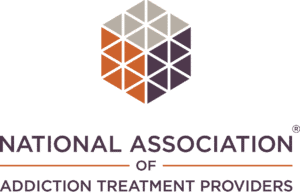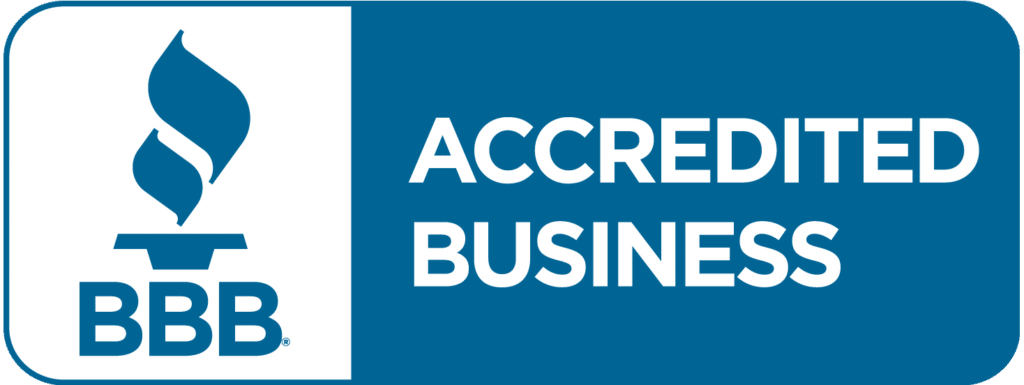Inpatient Rehab: The First Step to Recovery
Alcohol and drug misuse is the third leading cause of illness, disability, and death in the United States? It accounts for more than 78,000 deaths each year. Each day, 20 Americans die from prescription drug overdoses. Still, even with these sobering statistics, only approximately 10% are treated in an inpatient rehab setting.
Recovery is a long process, and inpatient rehabilitation is where you focus on your addiction for a set period. Inpatient treatment is a residential program offered at some addiction treatment facilities. Inpatient programs may also include recreational therapy to help keep residents busy and active while in treatment and sometimes even after they get back home. The ability to live at the facility allows patients to receive care around the clock, increasing the effectiveness of their treatment.
This type of treatment includes:
- Medically supervised detox
- Regular counseling
- Group and family therapy sessions
- Support groups.
What Is Inpatient Rehab?
Inpatient rehab can be an intensive, focused way to break a drug or alcohol addiction cycle. It involves a process of long-term medical management and treatment for the disease of addiction. Inpatient rehab is necessary for people suffering from severe consequences of their addiction, who have lost control over their drug use, and need medical attention to recover.
Offering patients the opportunity to leave behind the life that has led them to substance abuse and focus on recovery, inpatient therapy provides a fully immersive experience where patients can explore the realities of their addiction through multiple perspectives.
Inpatient rehab programs tend to be more expensive than other drug rehabs, but some believe that this investment is worth the cost for those who need the more rigorous structure and environment 24 hours a day. Inpatient rehabilitation facilities require that you stay at their rehabilitation center for a defined period. These periods may vary from 30 days to 90 days or more. The length of treatment is likely dependent upon the severity of your addiction.
Benefits of Inpatient Treatment
The benefits of inpatient treatment are wide-ranging. Inpatient treatment is often the last resort for self-destructive disorders and addictions. It’s possible that the patient has tried other options and simply needs a more intense solution to deal with the substance abuse or self-destructive behaviors.
According to the National Survey on Drug Use and Health data, the number of Americans who went to inpatient rehab in 2013 was 782,029.
Some of these benefits include an increased chance of maintaining recovery after the outpatient programs, reduced risk of relapse, and a reduced risk of entering back into an alcohol or other drug abuse program. Below are the main benefits of inpatient addictions treatment that help addicts kick their drug and alcohol use:
- Inpatient Detoxification
Inpatient Detoxification is a program for people with an addiction to drugs or alcohol, need medical supervision as they detox from these substances. It provides a safe environment where medical staff closely monitor clients during the detoxification process. Inpatient facilities usually provide medical detoxification, including medications to relieve alcohol withdrawal symptoms and medications to reduce cravings while undergoing behavioral treatment.
- Success Rate
Inpatient rehab programs are a great option for individuals who have faced a particularly challenging type of abuse. These programs are most often recommended to people who have relied on drugs or alcohol for a very long time and may have engaged in criminal behaviors to procure supplies.
These programs will provide patients with the tools they need to live without drugs or alcohol. It is essential to realize that treatment is much more beneficial for an inpatient rehabilitation program than therapy as an outpatient or home-based recovery situation.
- Reduced Risk of Relapse
The inpatient care offered at drug rehab centers can reduce the risk of relapse. Particular aspects of addiction treatment provided by rehab facilities include the ability of staff to stabilize patients, implement alcohol and drug tests, practice counseling and therapy, and provide education to patients regarding the physiological aspects of addiction.
Compared to other countries, a relatively high percentage of Americans drink alcohol. Attendance at inpatient rehab treatment centers for alcohol-related issues is also pretty high, with up to 6,000 people per day attending various addiction and substance abuse facilities around the country. In 2014, 423,000 individuals underwent treatment for substance abuse issues, and an additional 57,000 attended inpatient rehab.
Knowing how many people attend rehab can help you follow your own or family members’ progress through the treatment process.
Inpatient Rehab for a Pregnant Woman
Inpatient rehab for women is specifically tailored to the needs of individuals struggling with addiction during pregnancy. Using drugs or alcohol during pregnancy exposes a woman and her developing fetus to potentially serious long-term effects.
Both health care and mental health considerations have to be kept in mind when treating addiction during pregnancy.
Treatment centers that work with pregnant patients are often structured as women-only rehab to promote a more effective and comfortable recovery process.
When a woman is pregnant and seeking addiction treatment, there are unique considerations to look for in a program. Treating addiction during pregnancy is more complex, and most need care at specialized inpatient rehab centers.
When someone is pregnant and addicted to drugs, particularly opioids, they can’t stop cold turkey in most cases. Stopping suddenly can be harmful to a mother and her unborn baby. The same can be true with alcohol.
Since detoxing while pregnant can be dangerous, a woman needs a treatment team that understands the unique risks as part of the treatment plans overall.
For example, there are medication-assisted treatment options that can often be safe for pregnant women in addiction treatment programs.
Is Residential Treatment Most Effective?
Inpatient rehab for pregnant women does tend to be the best and most effective long-term approach to addiction.
The Journal of Substance Abuse published a study with more than 300 women. The women were enrolled in a residential treatment program specifically for pregnant and parenting women. The level of functioning was looked at before and after treatment at a drug rehab center.
Women showed improvement in many areas, along with reductions in substance use.
They also had improvements in employment, fewer legal issues, fewer mental health symptoms, and a more positive attitude toward parenting.
Inpatient vs. Outpatient Treatment
Both inpatient and outpatient care can be very beneficial for individuals struggling with a drug or alcohol addiction. While each program has its benefits, the type of program individuals are most likely to succeed in depends on their unique needs, professional opinion, and current life situation.
Inpatient treatment is comprehensive and generally provides the most structured, intensive level of treatment. This type of care immerses the patient in a healing environment for a specified period and includes medical and psychiatric support 24 hours a day. Outpatient services involve far more limited periods in a facility with fewer resources; however, the same basic therapy methods are used.
Outpatient treatment is not always available and can be limited by state. Outpatient treatment programs allow patients to travel home whenever necessary when they are offered. Inpatient care is often more convenient for individuals who cannot take time off work or need around-the-clock supervision. This should not be overlooked when evaluating your loved one’s needs.
Depending on your treatment option and insurance coverage, your recovery plan could be either an inpatient or outpatient treatment program. Both offer advantages to recovering from drug or alcohol dependency; the key is to choose the plan that suits you best.
Find the best Inpatient mental health facility in The Bay Area, CA.
At Silicon Valley Recovery, each inpatient mental health facility is designed to focus on safety, comfort, and therapeutic needs. We focus on the well-being of patients at all levels of care, from children to their families and staff members. From emergency services to long-term care, we’re always striving to improve the care experience for everyone.
Our unique inpatient mental health services combine holistic and evidence-based practices with a core focus on the interdisciplinary treatment of the whole person. We offer various effective therapies to help every individual we treat to heal from addiction, trauma, or an array of other mental health concerns.
Contact Silicon Valley Recovery today to learn more about how we can help improve access to inpatient medical treatment. Speak to a care coordinator now at 408-547-4089.









